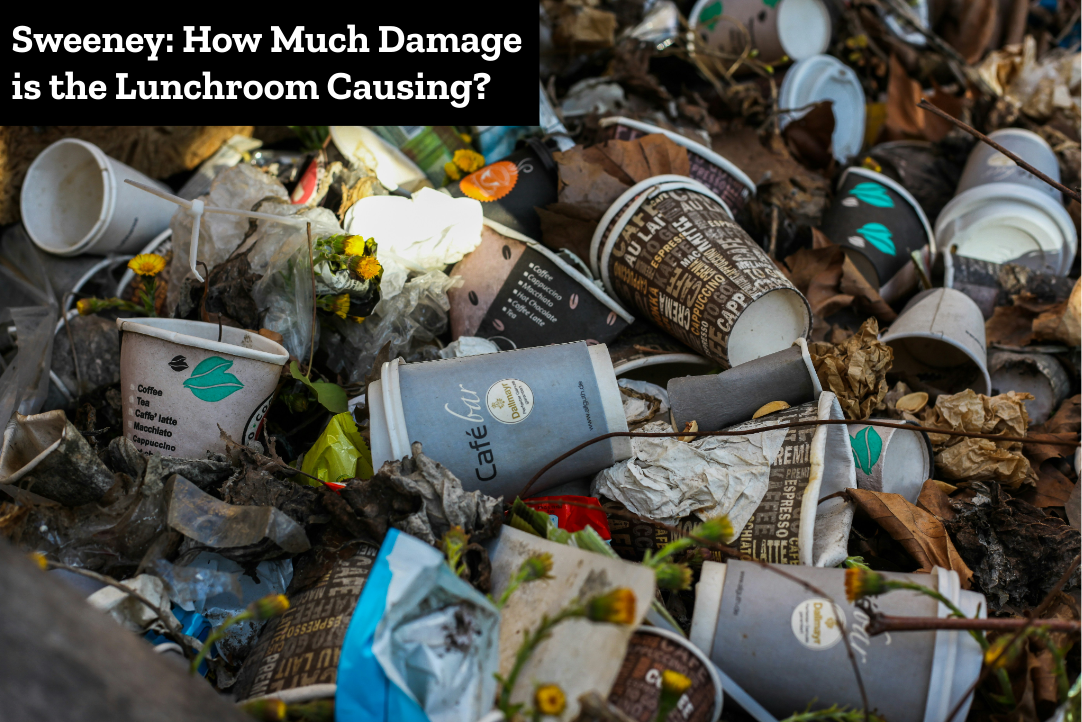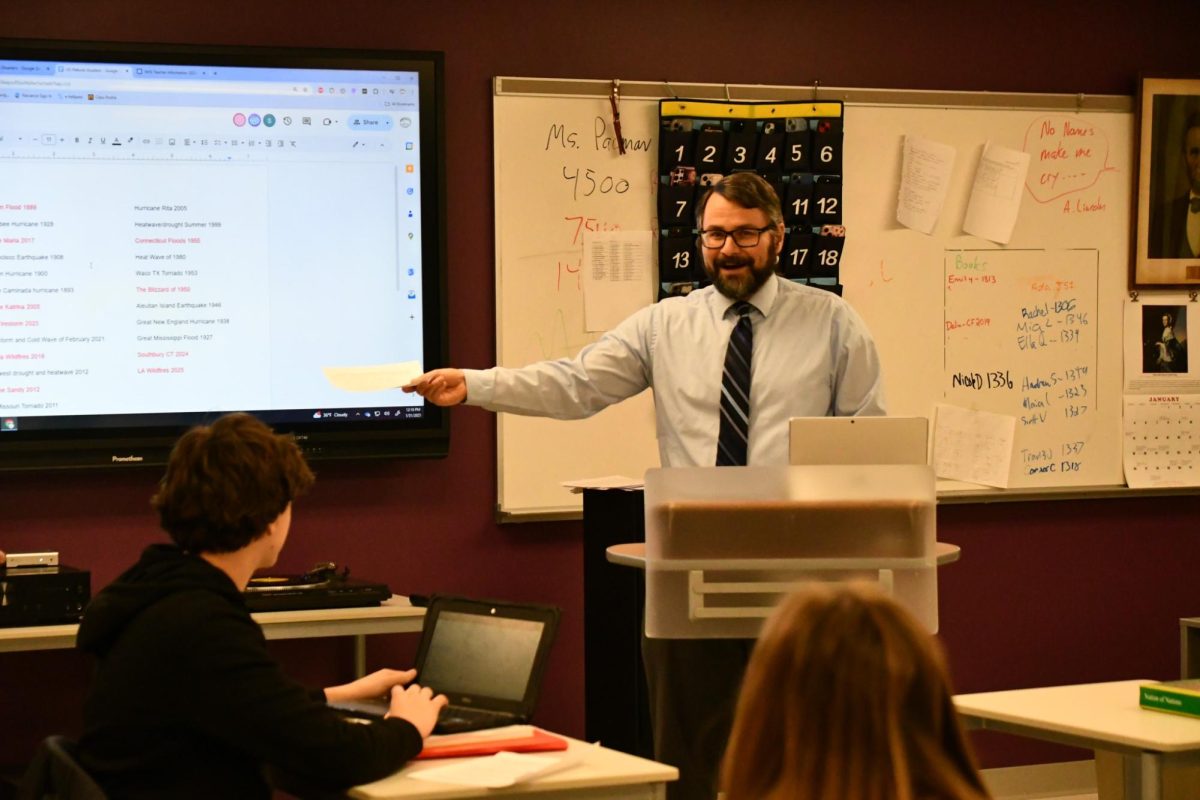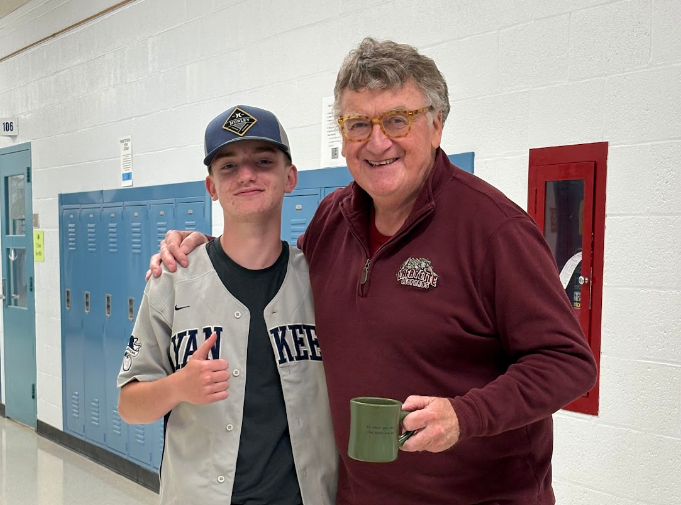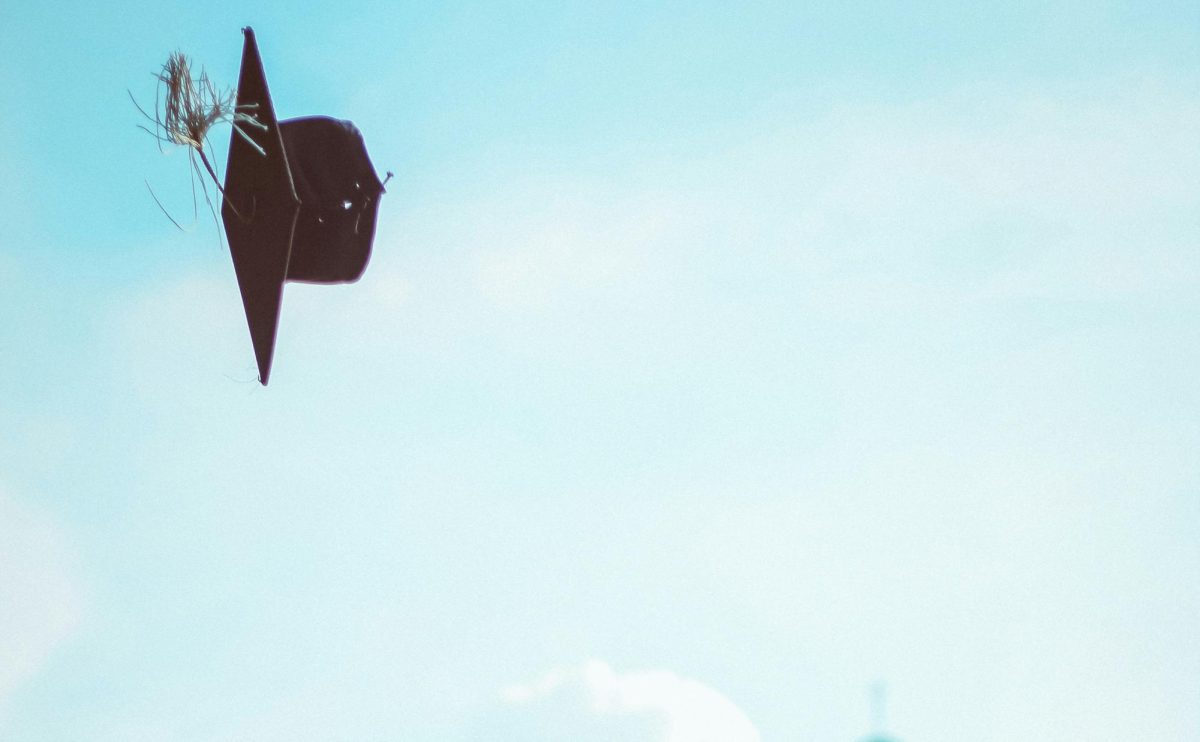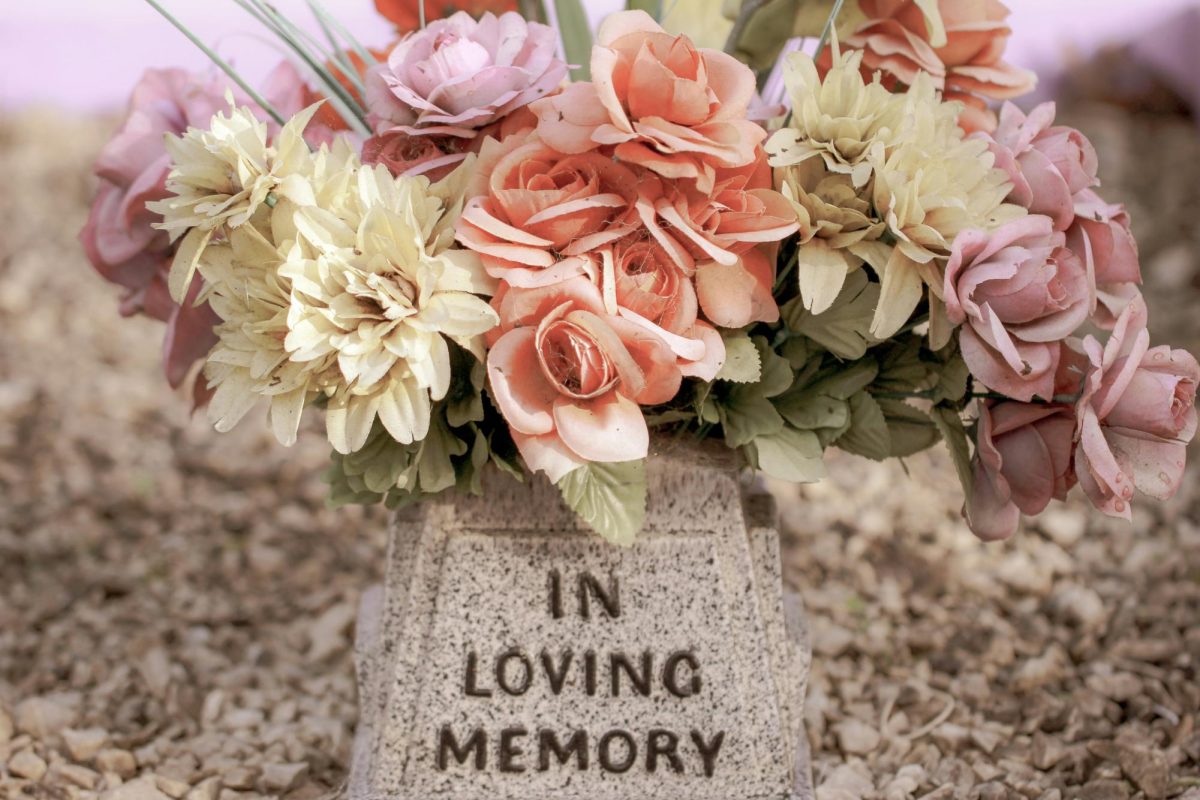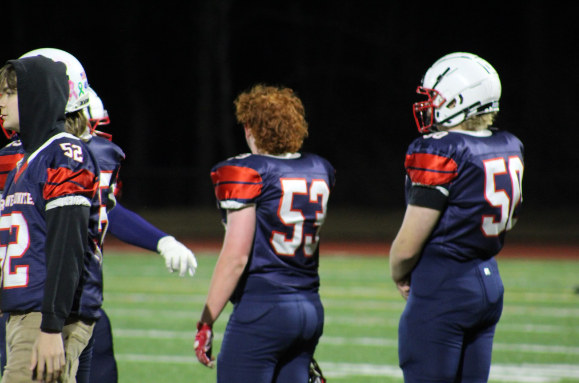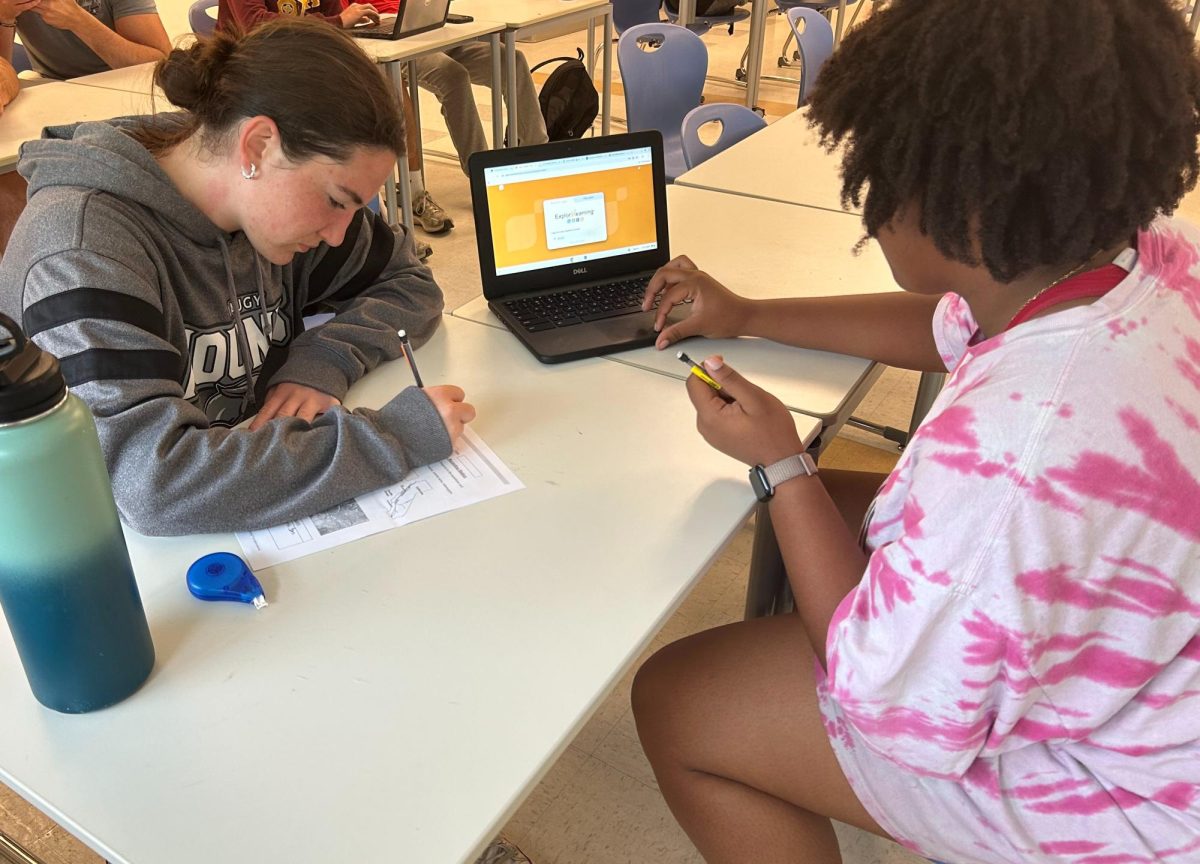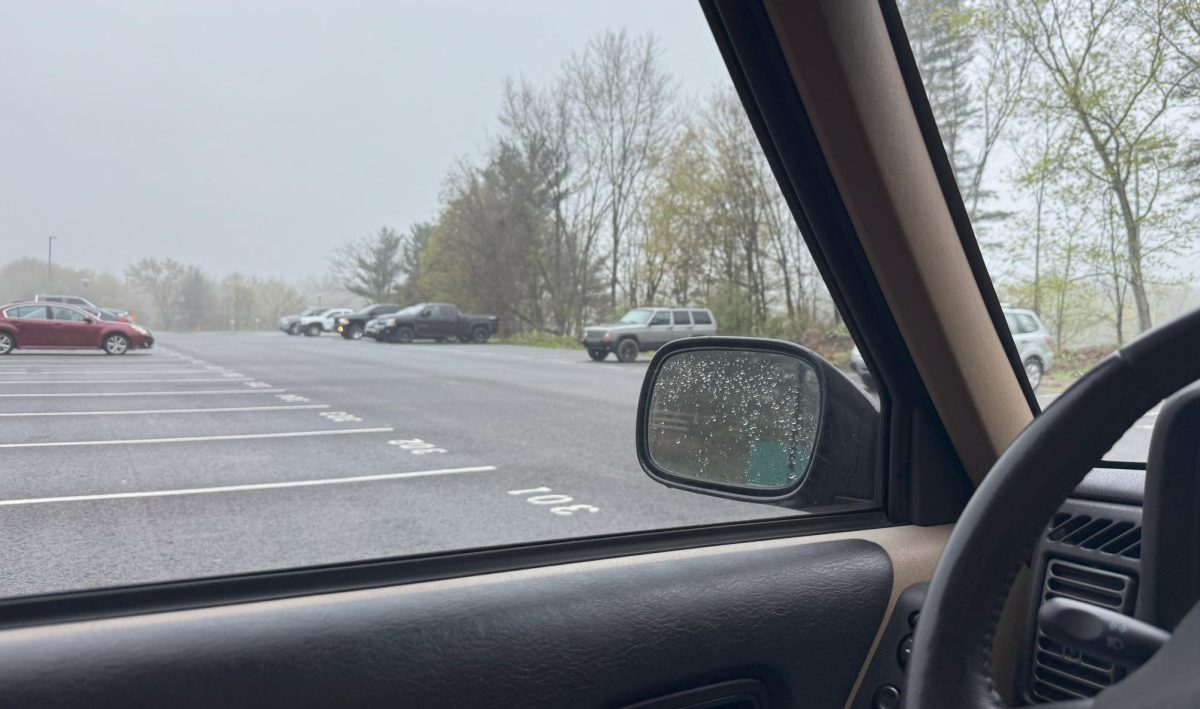WOODBURY — With the continuation of climate change, many companies are in the process of transitioning their single-use plastics to being biodegradable. Plastic straws have been made paper, paper plates have been made biodegradable, and plastic water bottles have even been made into paper cartons.
But how well do these products really last? After every use, the consumer is forced to throw it away. How long does it take for each to degrade into the ground?
According to EarthDay.org, during a nine-month school year, each student on average produces 67 pounds of waste, consisting of plastic utensils, straws, and even bags? Clayton Hilpertshauser, a beloved Nonnewaug custodian who often works the cafeteria, has worked here since October 2018. He has witnessed all of the waste and changes in the cafeteria.
“Unfortunately, there is a lot of waste,” states Hilpertshauser. “That’s just today’s society.”
Growing up, Hilpertshauser used plastic lunch trays that were reusable for multiple years; now, each tray is discarded after every use.
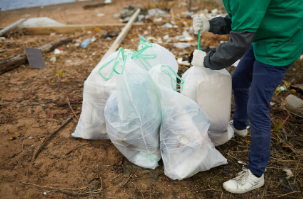
Students see this extra waste, too.
“I feel that the use of single-use plastics should come to an end. While they are a cheap option, in my opinion, they do no good for the environment and ultimately become one of the most wasteful products on the market,” said Sophie Solury, a junior at Nonnewaug. “While they might seem like a good, cheap option now, the expenses it takes to repurchase such items will, and have been, stacking up and become more expensive than buying a set number of reusable items, such as lunch trays that can be reused.”
Of course with every change comes a downside. Reusable trays, for example, would make much more work for the cafeteria staff by having to work longer hours and having to wash the trays.
As Nonnewaug school cafeteria manager Costa Lefkimiatis explains, “the only time we would change back to plastic trays would be if our distributors could not provide us with a durable biodegradable alternative.”
With the amount of money that would be used to purchase the trays and pay the staff extra hours to clean the trays, would it equal the amount of money it takes to continuously buy single-use trays?
“Not just me but the entire staff in the NHS cafeteria are appalled at the amount of plastics being used, not just in the cafeteria but globally,” Lefkimiatis elaborates. “It’s an almost daily discussion for us.”
Region 14 ultimately made the change from plastic trays to paper ones two years ago.
“We were able to find a durable biodegradable tray that would not fail on a student/faculty [member] while they’re carrying extremely hot items such as tomato sauce,” Lefkimiatis states. “Being that Region 14 and its food service division are very eco-conscious, as early as 2018 the decision was made, and the trial-and-error process began. However, the process was put on hold due to the Covid-19 pandemic.”
Since the process has been held up, Region 14 has opted to just continue using the paper trays.
So at the end of the day, the current lunch trays that are being used at the Nonnewaug High School lunchroom may be biodegradable, but how long does it take for each tray to degrade? How much money in the long run is being spent? And is it really worth the hassle of continuously buying trays each month?
These are all questions that we have to consider when thinking about how we impact the environment every day.
This is the opinion of Chief Advocate reporter Alexa Sweeney, a junior at Nonnewaug.



